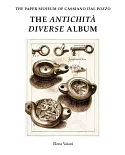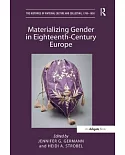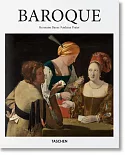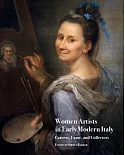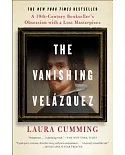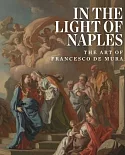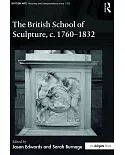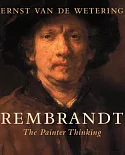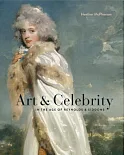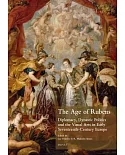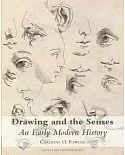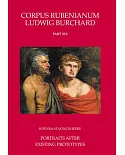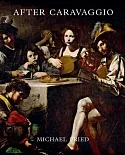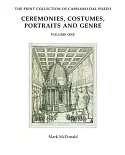The term artiste citoyen was coined in protest of the prohibition of exhibitions decreed by the Ancien Régime. It expressed the concept of the artist as a citizen who dedicates his
life and work to the welfare of the entire nation. It was no longer the applause of the court, but recognition in the court of public opinion that legitimized their activity. The artiste
citoyen eloquently heralded a pre-revolutionary transition that was precipitated in no small part by salon exhibitions and increasingly politicized art criticism. Paris artists, Gerrit
Walczak concludes, did not see the revolution as a sudden break with the past. Rather, in 1789 a development decades in the making was catalyzed by conditions that enabled, for the first
time, the direct political participation of the artiste citoyens.



